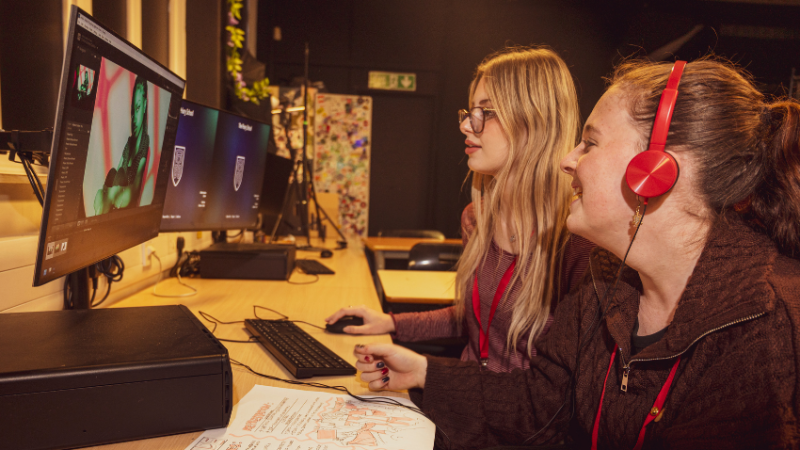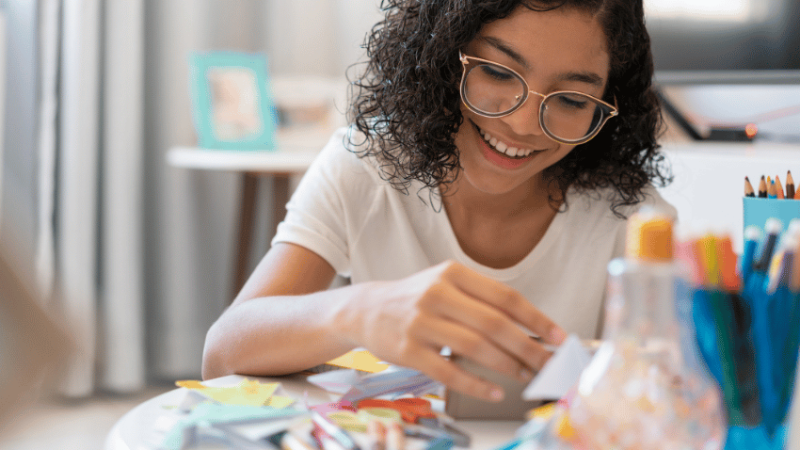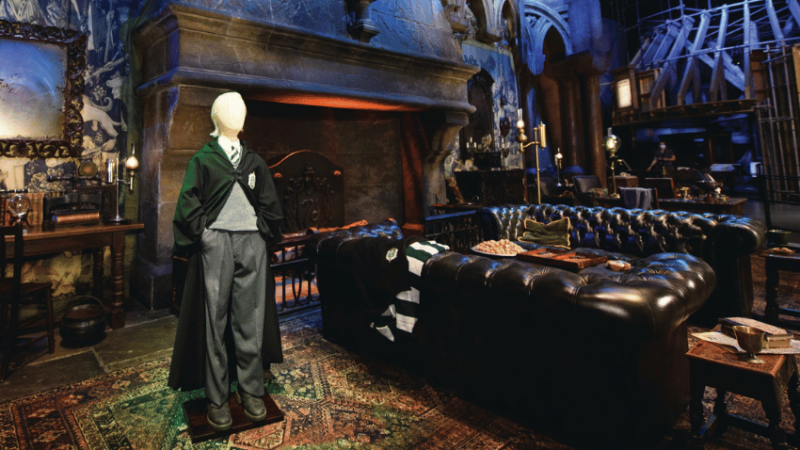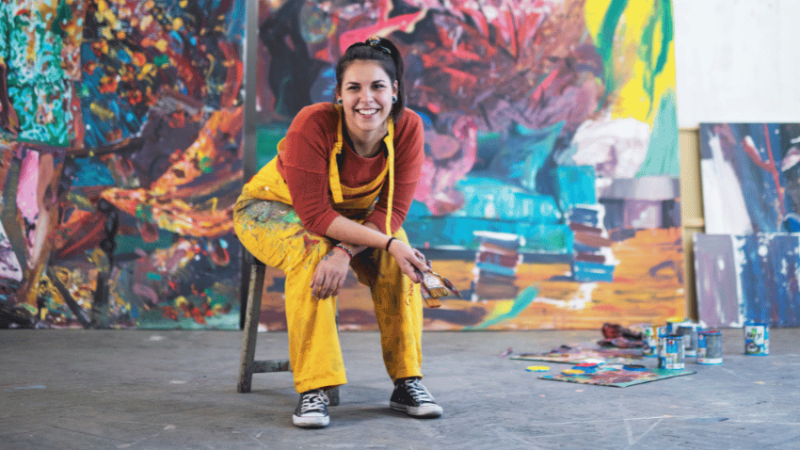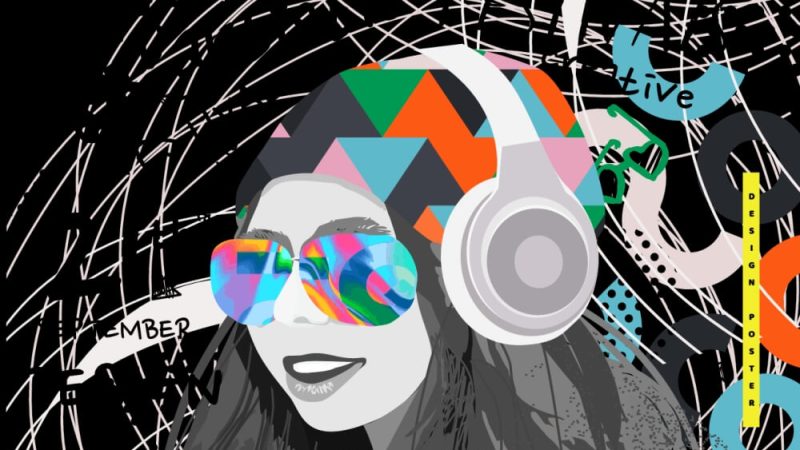7 amazing art & design lesson plans for KS3 and KS4
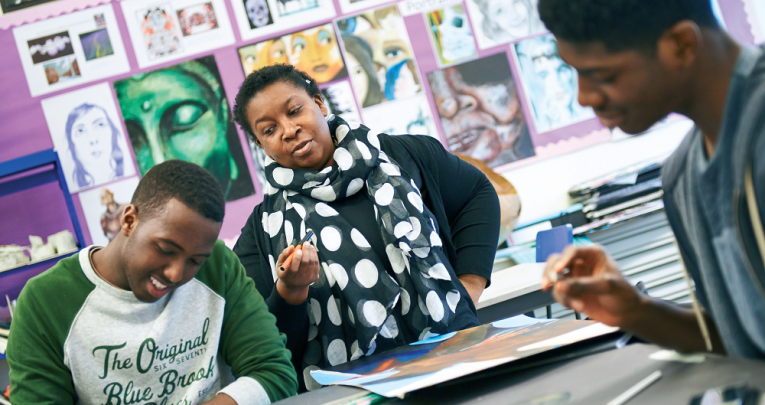
Use everything from recycled materials to MDF and Photoshop to help bring out students' inner artistic identity and voice

- by Teachwire
- Classroom expertise and free resources for teachers
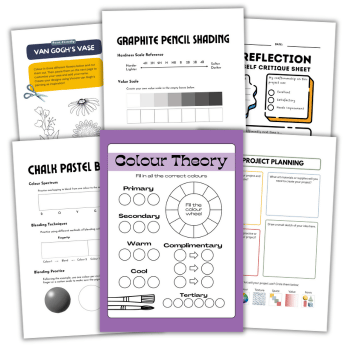
1 | Experiment with Self Portraits Using Everything from Recycled Materials to Photoshop
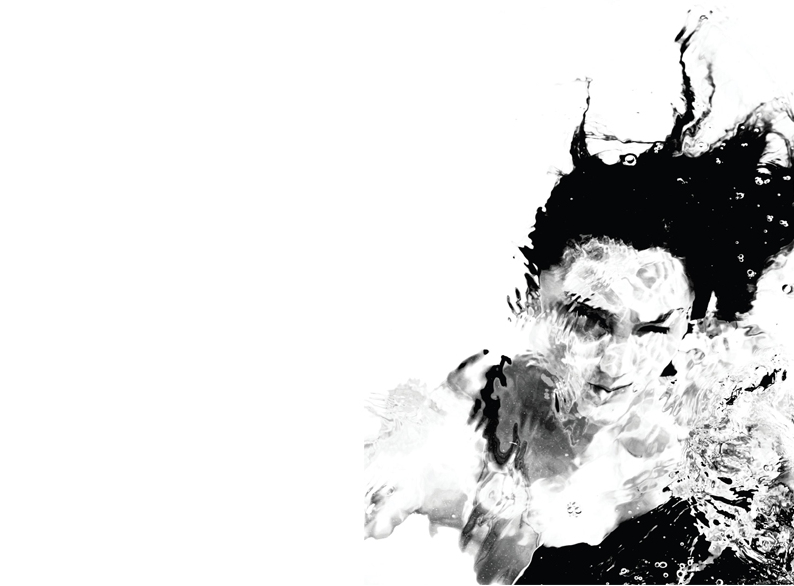
Starting by creating a self portrait using only a box of recycled materials, this lesson moves on to layer portrait photo in Photoshop and develop sculptures based on artist research before coming together to discuss the outcomes as a group.
Click here to get this free lesson plan.
2 | Deceptively Simple 3D Activities To Inspire Students’ Creative Imaginations
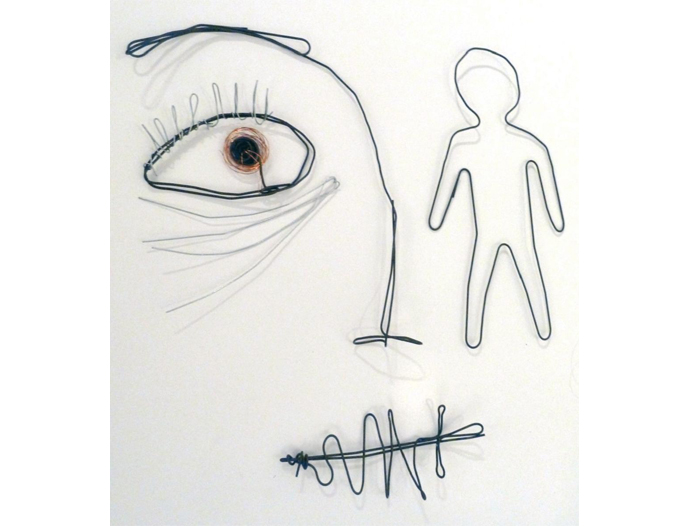
Working with wire is a very accessible and immediate way of introducing notions such as ‘drawing in space’ and volume, and can be used as an exercise across all subject matters and integrated into topics and projects across all key stages.
It requires limited resources and simple tools, and as an activity, aids the development of 3D skills, like dexterity and the manipulation of materials.
Click here to get this free lesson plan.
3 | Take Students Away from the Comfort Zone of Realism with a Fast-Paced Lesson on Abstract and Conceptual Art
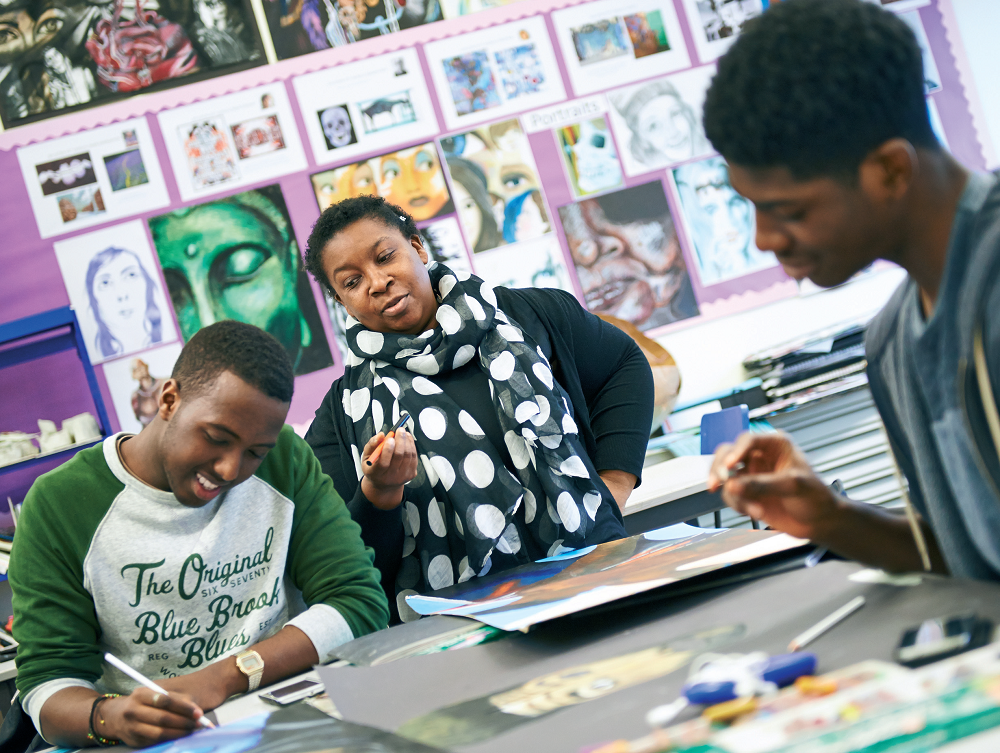
Give students the confidence to step out of the safe boundaries of realistic depiction into the relatively uncharted waters of abstraction and conceptual ideas – it can result in some of the most powerful moments you experience as a teacher.
Click here to get this free lesson plan.
4 | Create a Mixed-Media Collage titled ‘What’s Inside my Head?’ to Explore Students’ Creative Imaginations
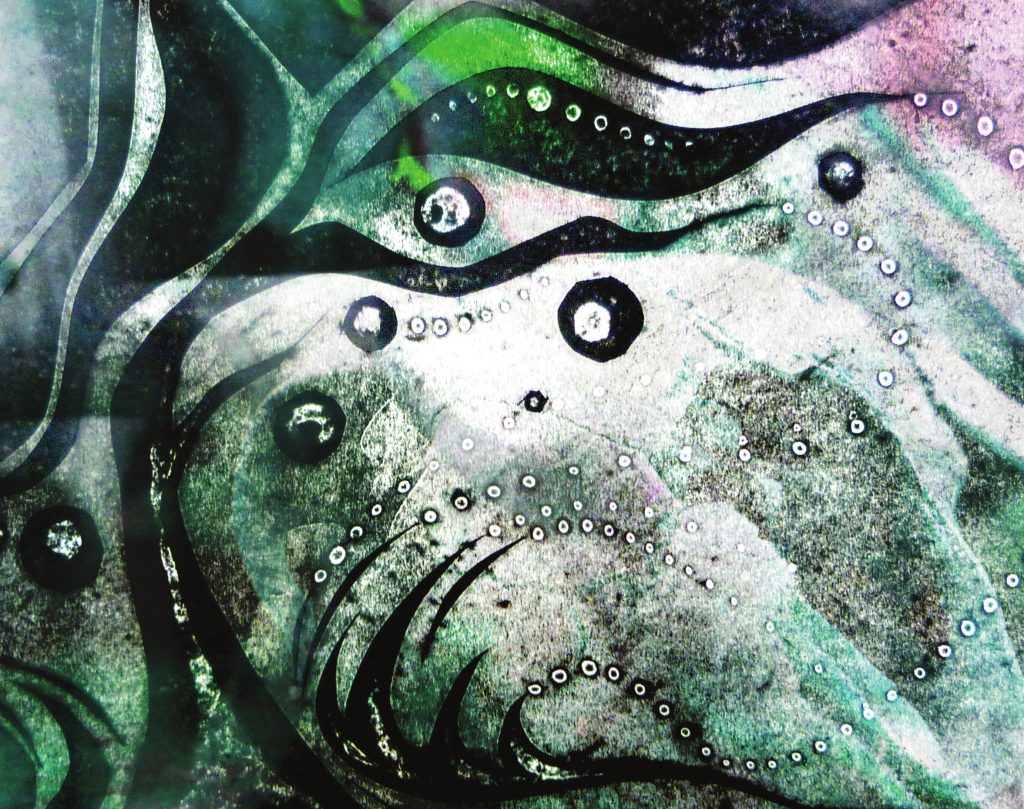
Encourage your students to delve deep and explore their creative imaginations, by mind mapping, drawing on quotes from literature, photo collage and thought curation in the form of lists.
Students will also creating a mixed-media collage titled ‘What is inside my head?’, utilising different physical materials, photography, digital image editing and chemigram/photogram processes (assuming availability of a dark room).
Click here to get this free lesson plan.
5 | Improve Problem Solving and Flexible Thinking with a Seemingly Impossible Artistic Dilemma
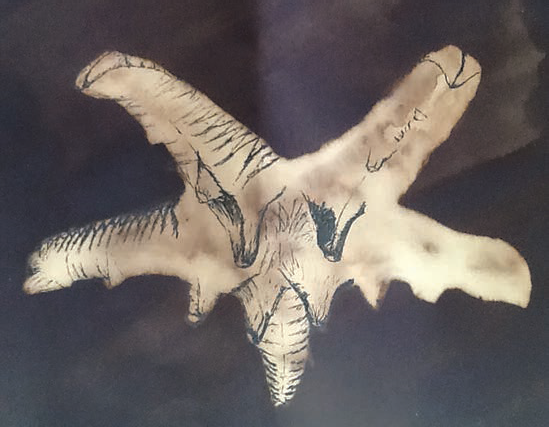
Transferrable skills and problem solving are key components of studying art. In this lesson devised by Caroline Saunders, students must change their way of thinking in order to get round a problem put before them and see that it’s easier than they first thought
Click here to get this free lesson plan.
6 | Encouraging Students To Be Political In Their Works
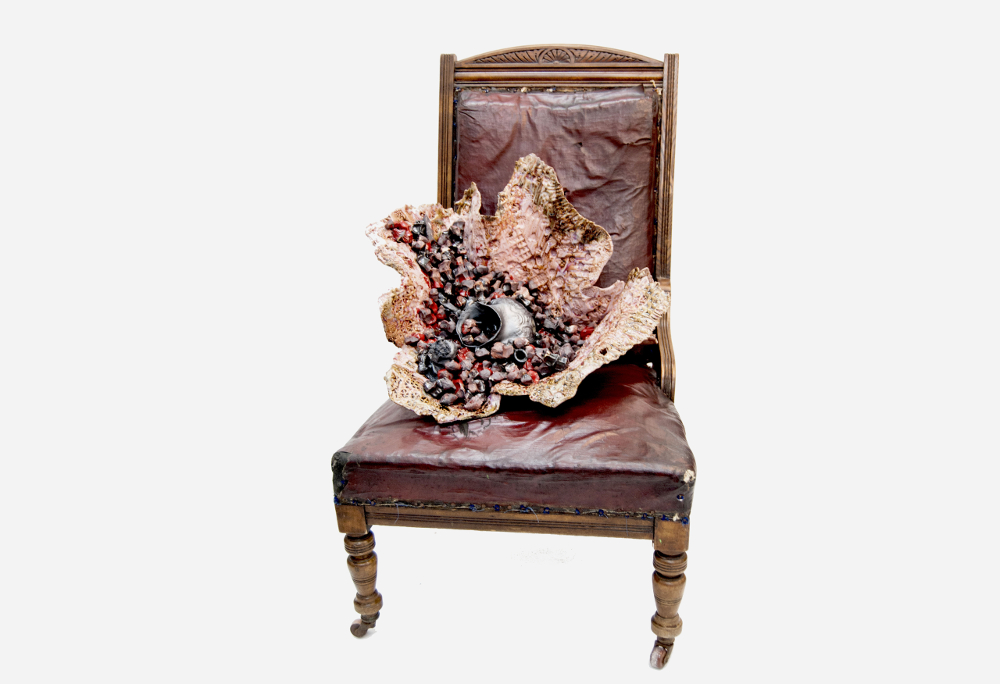
Do we feel we have choices in this world? Creative people, by their very nature, are always on the lookout for inspiration, exciting materials and innovative ways of working. There is a lot to be said for having to resource a project from scratch both from a practical and metaphysical viewpoint. To explore what we think and to become better independent learners allows much greater depth and relevance to student work.
This lesson plan encourages students to explore the world around them: their philosophies, belief systems, and essentially the notion that art gives us all a voice and a platform (galleries, virtual, street art) to express these feelings.
Click here to get this free lesson plan.
7 | Create A Collaborative Large-Scale Triptych From MDF
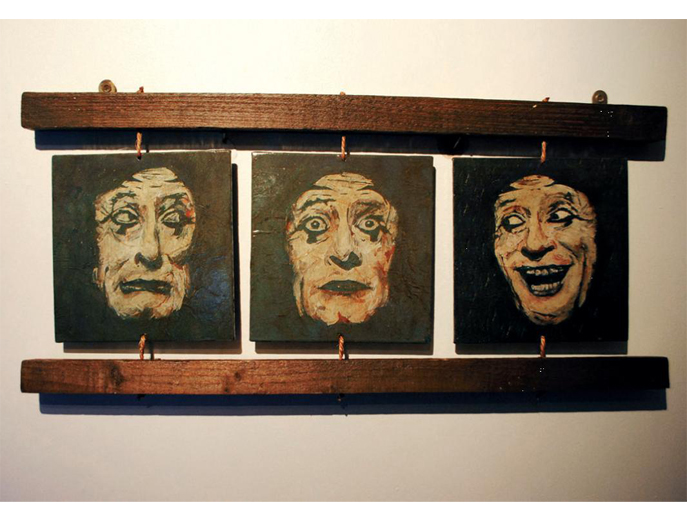
Encouraging students to imagine a piece of art (or series of artworks) in its entirety before commencing with a new project can improve the quality of their creative output.
A simple yet inexpensive way to get students thinking about how artworks are ‘choreographed’ rather than simply thrown together, is to study triptychs. They provide the ideal inspiration for large-scale and collaborative works in the classroom and can be recreated with inexpensive materials such as MDF and timber battening.
Click here to get this free lesson plan.
Get more advice for helping students with their GCSE art final piece. Browse ideas for Children’s Art Week.





